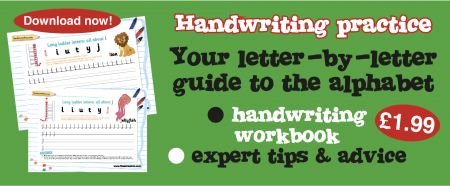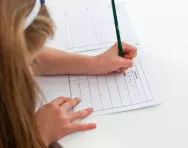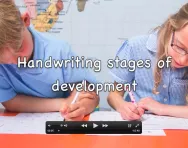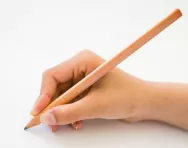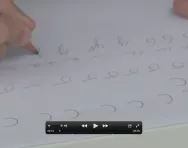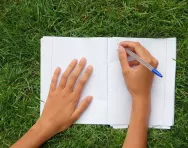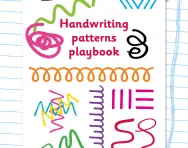TheSchoolRun.com closure date
As we informed you a few months ago, TheSchoolRun has had to make the difficult decision to close due to financial pressures and the company has now ceased trading. We had hoped to keep our content available through a partnership with another educational provider, but this provider has since withdrawn from the agreement.
As a result, we now have to permanently close TheSchoolRun.com. However, to give subscribers time to download any content they’d like to keep, we will keep the website open until 31st July 2025. After this date, the site will be taken down and there will be no further access to any resources. We strongly encourage you to download and save any resources you think you may want to use in the future.
In particular, we suggest downloading:
- Learning packs
- All the worksheets from the 11+ programme, if you are following this with your child
- Complete Learning Journey programmes (the packs below include all 40 worksheets for each programme)
You should already have received 16 primary school eBooks (worth £108.84) to download and keep. If you haven’t received these, please contact us at [email protected] before 31st July 2025, and we will send them to you.
We are very sorry that there is no way to continue offering access to resources and sincerely apologise for the inconvenience caused.
Handwriting dos and don’ts
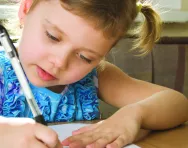
Handwriting can sometimes be boxed into certain areas, with an emphasis on learning key words and ‘proper’ handwriting.
But opening our minds to what constitutes a valuable writing activity is the key to inspiring kids to be motivated to write, and not just for their school assignments.
Children should be given opportunities to write for themselves, without pressure – just for the enormous value and sheer joy the activity holds. Get started by following our tips.
Do…
- Be positive, supporting and encouraging.
- Be a good role model, and let them ‘catch you writing’! Explain what and why you are writing, even if it’s just a shopping list, a birthday card or a note to the teacher.
- Have a writing space, a table or area dedicated to writing activities.
- Make writing fun! Write tongue twisters using alliteration, or funny poems together, taking it in turns to note down what you come up with.
- Let your child work at their own pace, so they’ll build up speed and skill naturally.
- If they bring written work back from school, offer special rewards (stickers, certificates to post on the fridge, etc).
Don’t…
- Pile on the pressure – encourage independent learning by letting your child strengthen their handwriting skill at a pace that suits them.
- Compare against peers – remember all children develop at different times and stages.
- Fret too much over misspellings or poor handwriting – they can’t concentrate on everything at once!
Try this…
Have a special box for your writing materials, including:
- Pens of all kinds
- Envelopes
- Special letter-writing paper
- Child-safe scissors and stapler (needed for making books)
- Pencils – sparkly, coloured, whatever!
- Files and folders
- Different sizes and colours of paper
Find out how your child learns to write, and try fun writing projects that boost literacy skills with your child.
